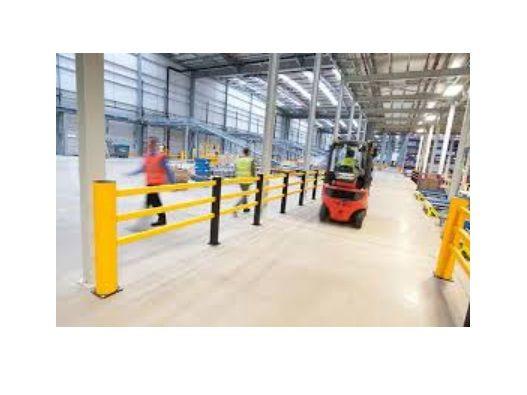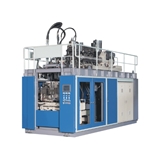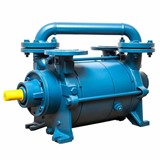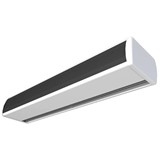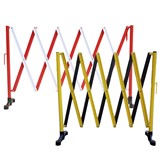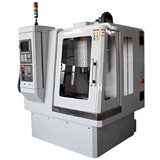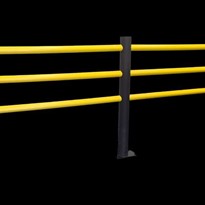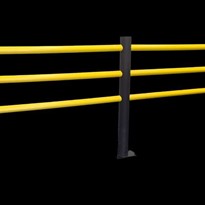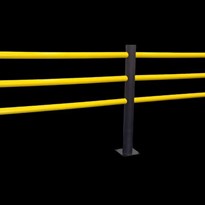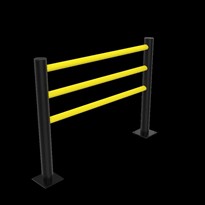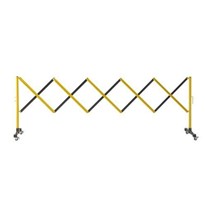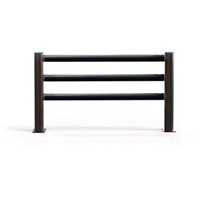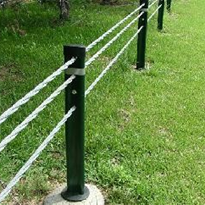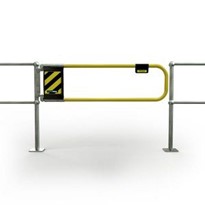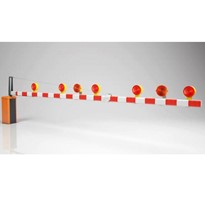- Where should I install safety barriers:
- Many companies that have invested heavily in safety barriers have found that they are sold a wide range of barriers and apart from not been practical (more on this later), they are in areas where there is no need for them.
- Developing a traffic management plan (TMP) first allows you to identify what risks there are in your business, how those risks can be removed and if they cannot be removed how to reduce the risk by installing control measures, i.e., safety barriers.
- A TMP done correctly should provide the recommended control measures based of the risks in your operation.
- By going down this route you will identity and reduce risks and install only what is needed and not what a salesperson would like to sell you to help get their monthly targets.
- Is the layout practical?
- So often we hear how companies have invested heavily in safety barriers only to find that 3-6 months later that what they have installed hasn’t reduced workplace risks/ incidents and the layout isn’t suited to the business operation.
- This leads to team disunity and does not drive a safety culture.
- This is just another reason why developing a TMP before hand is highly recommended and allows the business to provide a safe area for pedestrians and forklifts to work together safety.
- What is the operating environment?
- Steel barriers have been the go-to barrier as traditionally there has been no alternative.
- Nowadays there is a much larger range of barriers on the market.
- Deciding which option is best comes down to the following:
- What is the environment that they will be in? (Food processing, chemical handling etc)
- how sustainable do I want my business to be?
- Do I want my forklifts and Manual handling equipment to be damaged when they impact a barrier?
- Do I need to protect the warehouse surface? (e.g., if the barrier is hit will the fixing damage the surface due to the impact)
- Steel is generally cheaper upfront compared to a polymer* barrier, however when you consider damage, maintenance and the life of the barrier, polymer* barriers are the cost-effective option.
*Based off the D-Flexx Range.
- The table below outlines some of the issues relating to steel and polymer* barriers.
|
Common Issue |
Steel |
Poly |
|
The barriers chip and need recoating |
Yes |
No |
|
When the barriers get hit they need to be replaced |
Yes |
No |
|
When the barriers are hit they pull the floor fixings out of the concrete |
Yes |
No |
|
Make good on a building is high due to lots of concrete repairs |
Yes |
No |
|
Suitable for use in food handling areas |
Yes |
Yes |
|
Suitable for use in food manufacturing areas |
Sometimes |
Sometimes |
|
Forklifts and MHE equipment are damaged and scratched from impacts with barriers |
Yes |
No |
|
Environmentally Friendly |
No |
Yes |
|
Recyclable Product |
Yes |
Yes |


